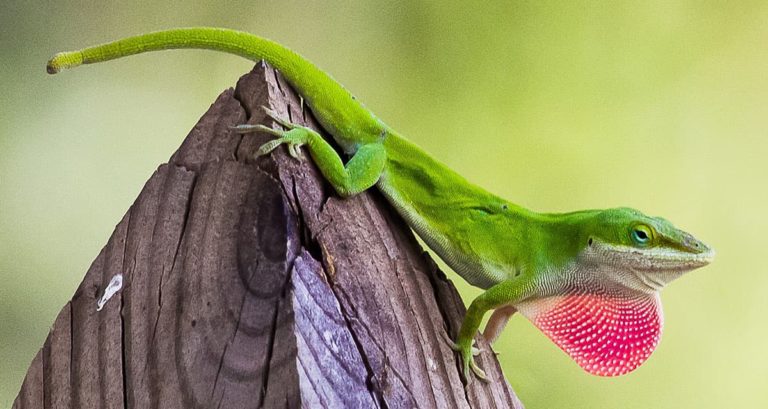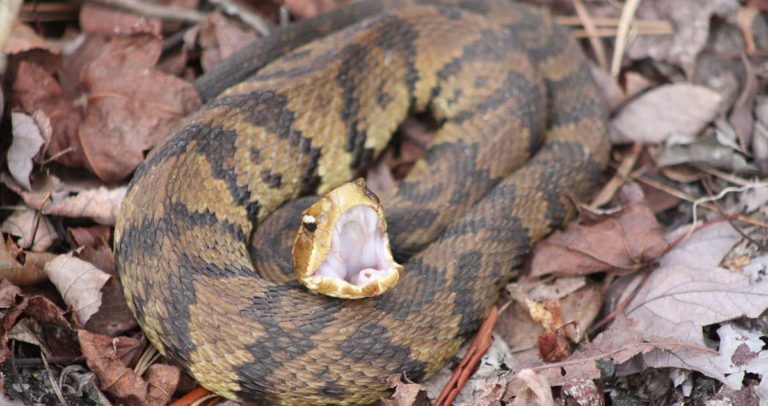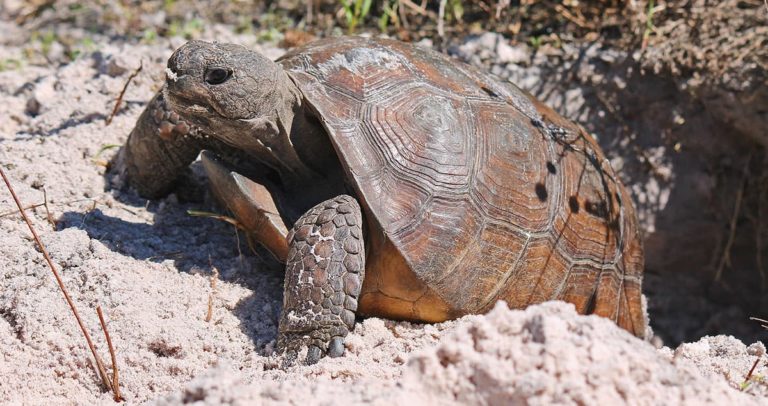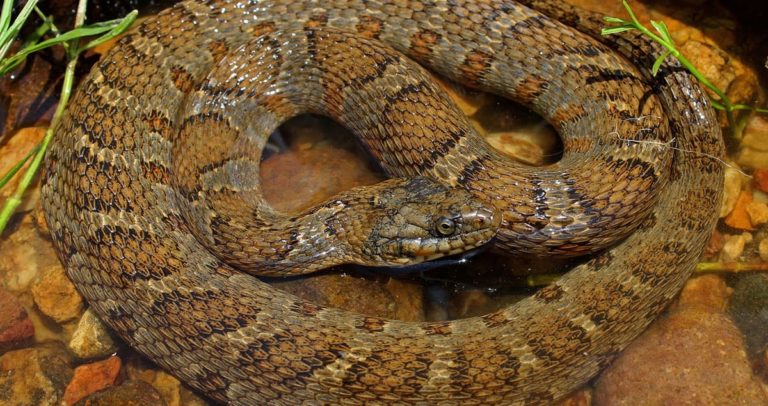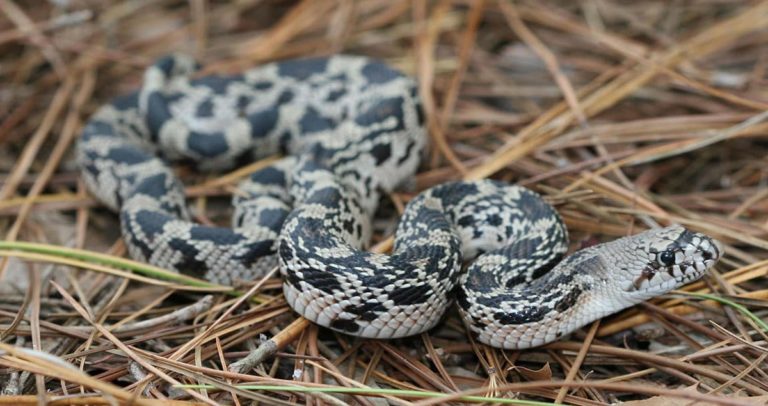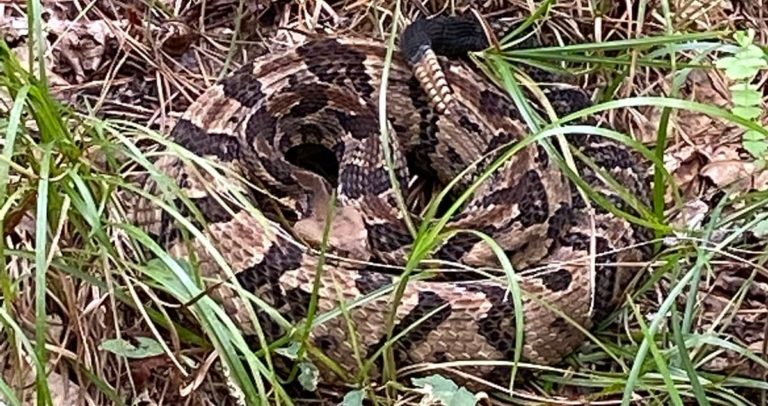Identifying Georgia’s Lizards With a Red Head
Georgia is home to an incredible diversity of reptile species, including some truly captivating lizards. Among them, a few species exhibit a unique and striking feature – a red head. In this comprehensive guide, we will explore the red-headed lizard species found in Georgia, detailing their appearance, behavior, habitat, and the best ways to identify them.
Broad-headed Skink (Plestiodon laticeps)

Appearance
The broad-headed skink is the largest skink species found in the southeastern United States, with adults reaching lengths of up to 13 inches. This lizard has a robust body and short, thick limbs. While females and juveniles have a more muted coloration with dark stripes along their body, adult males develop a striking red or orange head during the breeding season, making them easy to identify.
Behavior and Habitat
Broad-headed skinks are skilled climbers and are often found in trees, utilizing their long, prehensile tails for balance. They inhabit mixed hardwood and pine forests, as well as suburban areas with ample tree cover. These lizards are primarily diurnal, spending their days hunting for insects, spiders, and small invertebrates.
Reproduction
Breeding season for broad-headed skinks typically occurs in spring. Females lay a clutch of eggs in a concealed location, such as under logs, rocks, or leaf litter. Unlike many lizard species, female broad-headed skinks exhibit maternal care, guarding their eggs until they hatch.
Five-lined Skink (Plestiodon fasciatus)
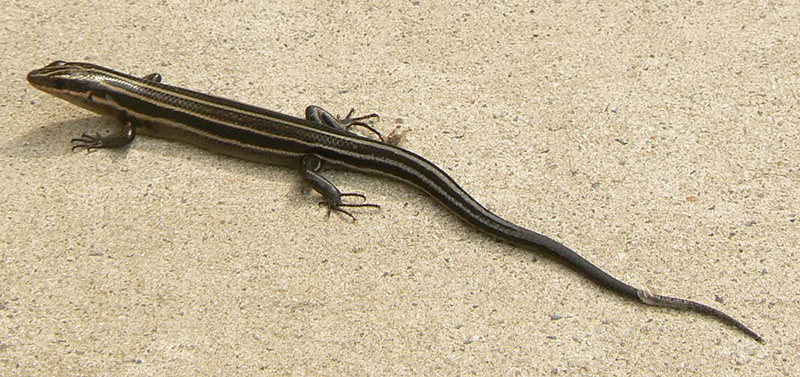
Appearance
The five-lined skink is a medium-sized lizard, with adults reaching lengths of up to 8.5 inches. As the name suggests, they have five distinct light-colored stripes running the length of their body. While the stripes fade as they age, adult males develop a bright red or orange head during the breeding season, which helps distinguish them from other similar species.
Behavior and Habitat
Five-lined skinks are ground-dwelling lizards that can be found in a wide range of habitats, including forests, grasslands, and suburban areas. They are agile and quick, darting through leaf litter and under rocks to hunt for insects and other small prey. Although they are primarily terrestrial, these skinks can also climb trees and are occasionally found basking on tree trunks or branches.
Reproduction
The breeding season for five-lined skinks takes place in spring. Like the broad-headed skink, females lay eggs in concealed locations and guard them until hatching. The hatchlings are miniature versions of the adults, with bright blue tails and bold stripes.
Tips for Identifying Red-Headed Lizards
When trying to identify a red-headed lizard in Georgia, keep these tips in mind:
- Observe the body size and shape: Broad-headed skinks are larger and more robust, while five-lined skinks have a slimmer, more streamlined appearance.
- Examine the markings: Look for the characteristic stripes that run down the body – five distinct lines for the five-lined skink and more muted, irregular stripes for the broad-headed skink.
- Consider the habitat: Broad-headed skinks are more likely to be found in trees or wooded areas, while five-lined skinks are often found on the ground in various habitats, from forests to grasslands.
Final Thoughts
Georgia’s red-headed lizards are a testament to the state’s rich biodiversity and the fascinating adaptations these reptiles have developed. Each species has its unique features, habitats, and behaviors that make them a fascinating subject for nature enthusiasts and casual observers alike. By learning more about these red-headed reptiles, we can deepen our understanding of Georgia’s rich biodiversity and play our part in conserving these incredible creatures and their habitats for future generations to appreciate and enjoy.

